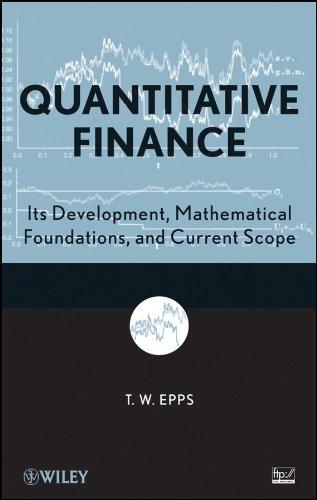Common stock represents the position in a firm, and is valued as the present value of its expected future stream. Common stock dividends specified by contract-they depend on the firm's earnings. Two models are used to estimate a stock's intrinsic value: the discounted dividend model and the corporat valuation model. The model values a common stock as the present value of its expected future cash flows at the firm's required rate of return on equity. Variations of this model are used to value constant growth stocks, zero growth stocks, and nonconstant growth stocks. The model is an alternative model used to value a firm, especially one that does not pay dividends or is privately held. This model calculates the firm's , and then finds their present values at the firm's weighted average cost of capital to determine a firm's value. Which of the following statements is correct? a. The only difference between the discounted dividend and corporate valuation models is the expected cash flow stream. Expected future dividends are the cash flow stream in the discounted dividend model and expected free cash flows are the cash flow stream in the corporate valuation model. Both models use the same discount rate to calculate the present value of the cash flow stream. b. The discounted dividend model is especially suited for valuing companies that are privately held. c. The only difference between the discounted dividend and corporate valuation models is the discount rate used to calculate the present value of the cash flow stream. The discount rate used in the discounted dividend model is the firm's required rate of return on equity, while the discount rate used in the corporate valuation model is the firm's weighted average cost of capital. Both models use the same expected cash flow stream in the discounting process. d. There are actually two differences between the discounted dividend and corporate valuation models: the expected cash flow stream and the discount rate used in the models are different. The discounted dividend model calculates the firm's stock price as the present value of the expected future dividends at the firm's required rate of return on equity, while the corporate valuation model calculates the firm's stock price as the present value of the expected free cash flows at the firm's weighted average cost of equity







